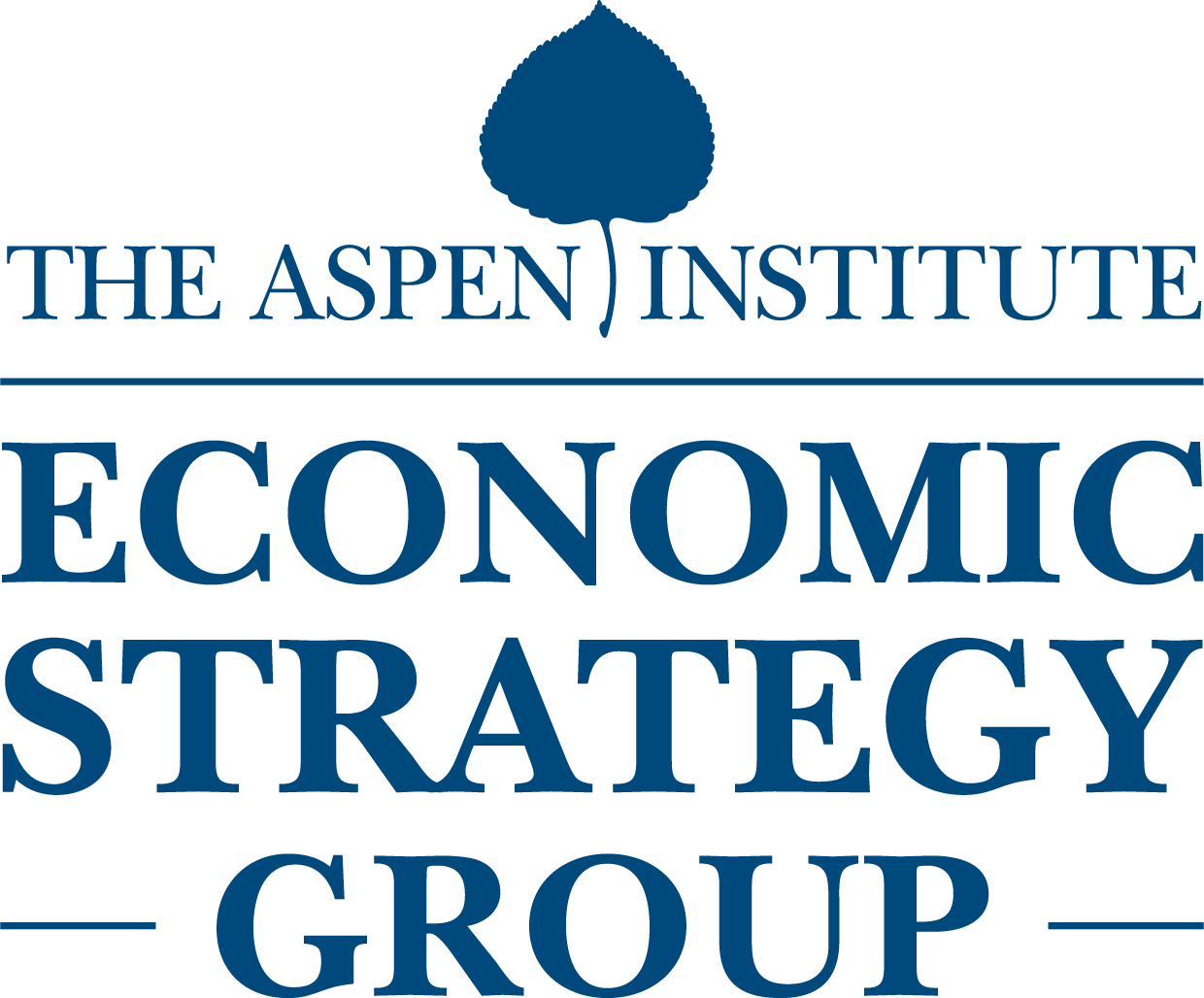
Transparency in College Pricing: Still More Work to Do

Confusion about college pricing is longstanding and persistent. Such confusion stems from the gap between the full cost of attendance, or “sticker price,” and the lower net amount that many students pay after receiving need-based or merit-based financial aid awards. Media reports about college costs frequently cite full sticker prices, perpetuating misinformation and confusion about the actual cost to families.
Fewer students today pay the sticker price than in previous decades. As of the 2019–2020 academic year (the latest year for which data are available), only 26 percent of in-state students at public colleges and 16 percent of students at private, nonprofit colleges paid the full sticker price. For many students, financial aid lowers the price of attendance below that level. But even among higher-income students who are ineligible for need-based financial aid, in 2019–2020 only 47 percent and 28 percent paid the stick er price at public and private non-profit institutions, respectively; for rest of these students, merit-based aid lowered the cost.
Confusion about the cost of college persists despite developments during the past decade that have attempted to clarify how much different students will pay. A 2023 survey conducted by the Association of American Universities found that nearly half of US adults surveyed mistakenly think that universities charge all students the same tuition, regardless of family income. The Lumina Foundation-Gallup State of Higher Education 2024 study finds that less than one-quarter of US adults without college degrees could estimate—to within $5,000 of the actual figure—the annual net cost of a bachelor’s degree from a public college.
This policy brief assesses recent efforts to improve transparency in college pricing and concludes that we still have a long way to go. Improving students’ and families’ understanding about college pricing will equip them to make informed decisions.